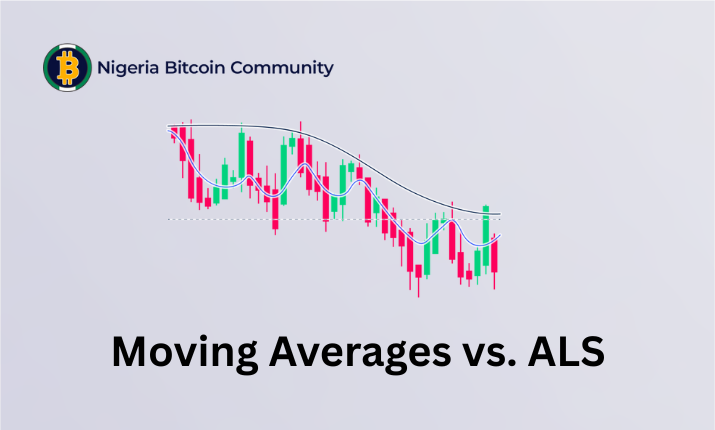If you’ve ever opened a trading platform, you’ve seen moving averages by default.
They are the most common indicators across exchanges like Bybit, Binance, and Bitget.
But here’s the big question: If they are so popular, why aren’t traders consistently profitable with them?
I spent weeks studying and back-testing the two most-used moving-average strategies and compared them with a price-action method called the Asian Liquidity System (ALS).
Here’s what I learned.

Moving averages are simply lines showing the average price over a set period.
A 20-period MA shows the average of the last 20 candles.
A 50-period MA shows the last 50 candles.
The most common are the 20, 50, and 200.
Two main types dominate:
For my testing, I used the SMA.
The first strategy people use with moving averages is the Cross Strategy.
Here’s how it works:
You place two moving averages on your chart — usually a fast one like the 20, and a slower one like the 50 or 200.
When the fast-moving average crosses above the slow one, that’s called a golden cross, and traders see it as a buy signal.
When the fast-moving average crosses below the slow one, that’s called a death cross, and traders see it as a sell signal.
It sounds simple enough, and if you look at it on past charts, it looks like it works.
But the problem is, in real trading, these signals are always late.
By the time the moving averages cross, the price has already made most of the move.
And worse, when the market is ranging, you’ll get multiple crosses back and forth — and every single one of them can stop you out.
That’s why this strategy looks good after the fact, but in live trading, it’s one of the fastest ways to burn your account.
Some traders use a single moving average (like the 200) as a “dynamic” support or resistance.
Price bouncing off the line can give entries.
This works better than crossovers but still lags.
By the time a price confirms a bounce or rejection, your stop losses are wider, and the risk-reward ratio suffers.
Let’s look at the ALS Strategy — Asian Liquidity System.
This isn’t about lagging indicators — it’s about how price actually moves.
Here’s the idea:
During the Asian session, the market usually ranges.
Later in the London and New York sessions, price often sweeps the Asian high or low before making its real move.
That sweep is what we look to trade.
So here’s how to set it up:
Add the Session Indicator by SonarLab to your chart, and customize it like this:
Note that these aren’t the exact market session times. I’ve adjusted them to fit this strategy.
All times are in WAT, which is UTC+1.
At 7 am, mark out the Asian high and low.
Then look for order blocks just above and below these levels.
Based on market structure, place your buy or sell when the price sweeps the Asian high or low.
That’s it — simple, but very effective.”
After testing both worlds, I stopped trading moving averages altogether.
Moving averages are useful for context, but they lag.
The Asian Liquidity System, grounded in market structure, gave me clearer, higher-probability trades.
If you’re ready to move beyond lagging indicators and trade how price really behaves, give ALS a try.
Be sure to combine it with tools like divergence for even more setups.
If you want to see this applied in real time, join our Monday live sessions where we analyze major forex pairs and share trade setups.
You can also join our mentorship session waitlist or our communities below:
The post Why I Quit Moving Averages (And Why ALS is the Game Changer) appeared first on NIGERIA BITCOIN COMMUNITY.
Also read: 3 Best Crypto to Buy Today for Explosive 2025 Gains, Featuring a Presale That Could Outshine All Altcoins